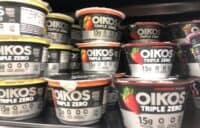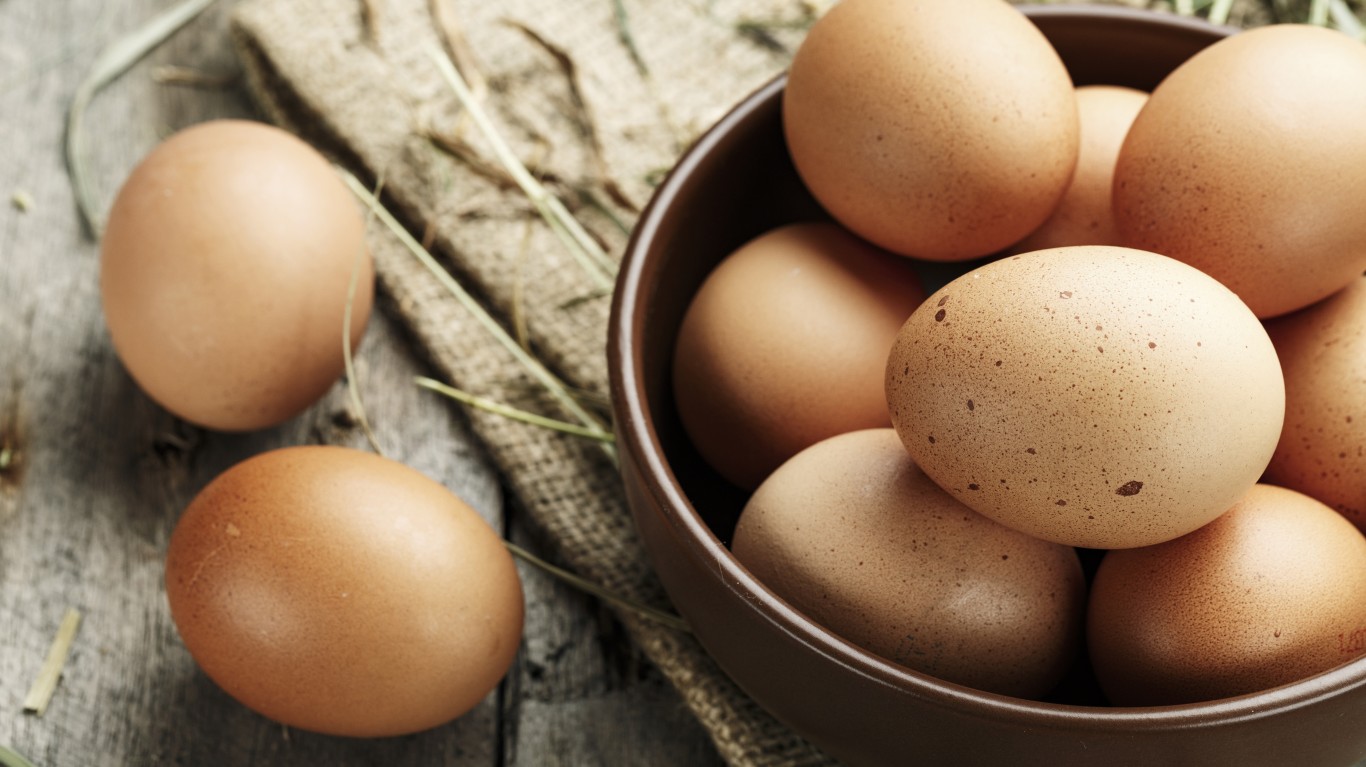
White bread. There are few things as divisive in the grocery store as white bread whether you avoid it for health reasons or insist on buying it for your recipes or sandwiches. The merging of white bread with American culture has become as normal to us as military demonstrations at football games. But should you be eating it? You have probably heard that white bread is not good for you, but is that true? Which brands should you avoid, and which are safe to eat?
For this list, we will include information about popular white bread brands from publicly available sources. We will consider the nutritional profile of the bread, the ethical stance of the baker, the history of the company, and more. Here are 15 white bread brands to avoid.
Background on White Bread

The first thing you should know about white bread is that the term doesn’t refer to any specific type of bread. What probably popped into your head is the sliced loaf of white bread commonly found on the shelves of American grocery stores. This bread is usually called sandwich bread, or something similar. This list will mostly focus on these types of bread. There are other types of white bread, however, and each of them is made using the same process.
To make white bread, bakers take wheat flour and remove the bran and germ from the wheat kernel during the grinding and milling steps. The result is a lighter-colored flour than normal wheat flour. This process has been around for thousands of years, with evidence that Ancient Egyptians were producing pure white flour to produce white bread for the wealthy and religious ceremonies. The process of creating pure white flour was more labor-intensive, so it was only saved for those who could afford it or for special occasions.
After the industrial revolution, the price of white bread fell dramatically and white bread became a common staple on grocery lists. Its popularity exploded due to a number of factors: it had a smoother texture and bland flavor making it a good option for dishes and condiments, it was easier to see if it had gone bad, and it can last longer than normal bread.
The problem with white bread, of course, began when large companies started adding other ingredients to make the bread tastier, and more addictive and appealing to customers, generally to the detriment of the bread’s normally healthy ingredients.
Additionally, the milling process of white bread removes many nutrients like dietary fiber, B vitamins, iron, essential fatty acids, and micronutrients. The availability of white bread and in the introduction of sliced bread in the early 1900s meant that many of the recruits joining the army during World War II had severe nutrient deficiencies. As a result, the United States government now requires that bread companies fortify their bread with nutrients that are lost like thiamin, niacin, iron, and riboflavin. Some companies market their bread as “fortified” even though they are required by law to do so.
#1 Amazon’s Happy Belly White Round Top Bread

If you feel comfortable buying your food from a company that keeps its operations a secret, routinely abuses its employees, exploits poor workers, and is not held responsible for what it puts in its products, then you are truly a brave individual.
Amazon’s bread is dry, crumbly, and grows mold much faster than other white bread brands. This might be due to the fact that nobody knows how long it sits in a warehouse waiting for you to buy it. The bread is not fresh and does not meet the taste profile of other well-known brands. Stick to buying your bread from stores where you can more easily trace where it came from, and leave Amazon to fulfill your last-minute birthday gift shopping instead.
#2 Sara Lee Classic White Bread
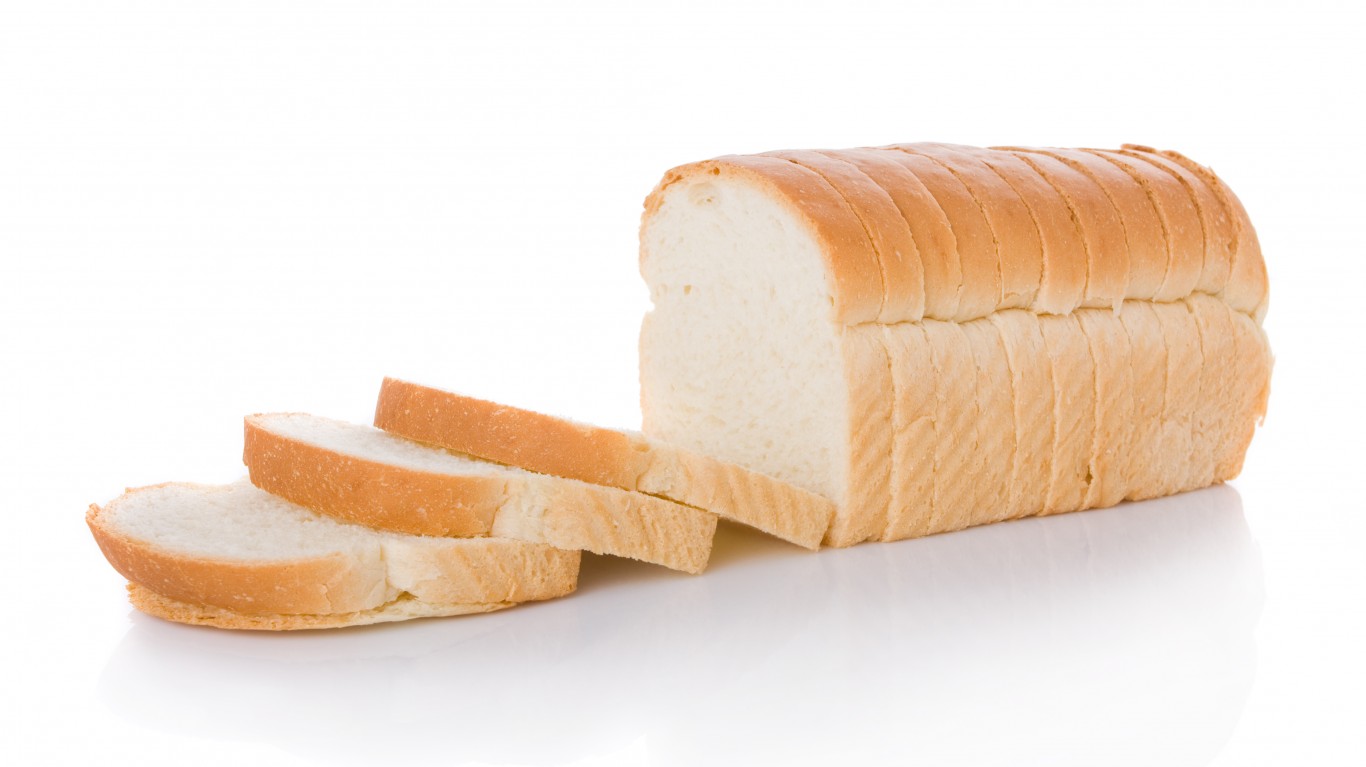
Sara Lee’s white bread is dry and sour and leaves an unpleasant aftertaste in the mouth due to artificial ingredients. If you’re going to settle for white bread, you should find something that actually tastes good and enhances the flavor of the other food you are eating. Sara Lee’s white bread does none of that.
#3 Wonder Classic White Bread

Wonder Bread became famous because of all the extra ingredients in its recipe, almost to the point where it is more desert than healthy bread. Each two-slice serving of Wonder Bread Classic White has 140 calories, 5 grams of sugar, and 180 milligrams of sodium. It also includes various artificial additives and preservatives.
#4 Pepperidge Farm Farmhouse Hearty White

Each one-slice serving of Pepperidge Farm’s Hearty White bread contains 130 calories, 4 grams of sugar, and 230 milligrams of sodium. That’s nearly double the amount of Wonder Classic. Eating this much sodium on a regular basis can cause health issues like high blood pressure. Also, all the sugar in the Hearty White bread is from added sugars, making it even more unhealthy than it already was. It also includes several processed ingredients, which highlights why Pepperidge Farm needs to push the “farmhouse” branding of this bread to distance it from the artificial and unhealthy nature of the loaf.
#5 Sunbeam Texas Toast
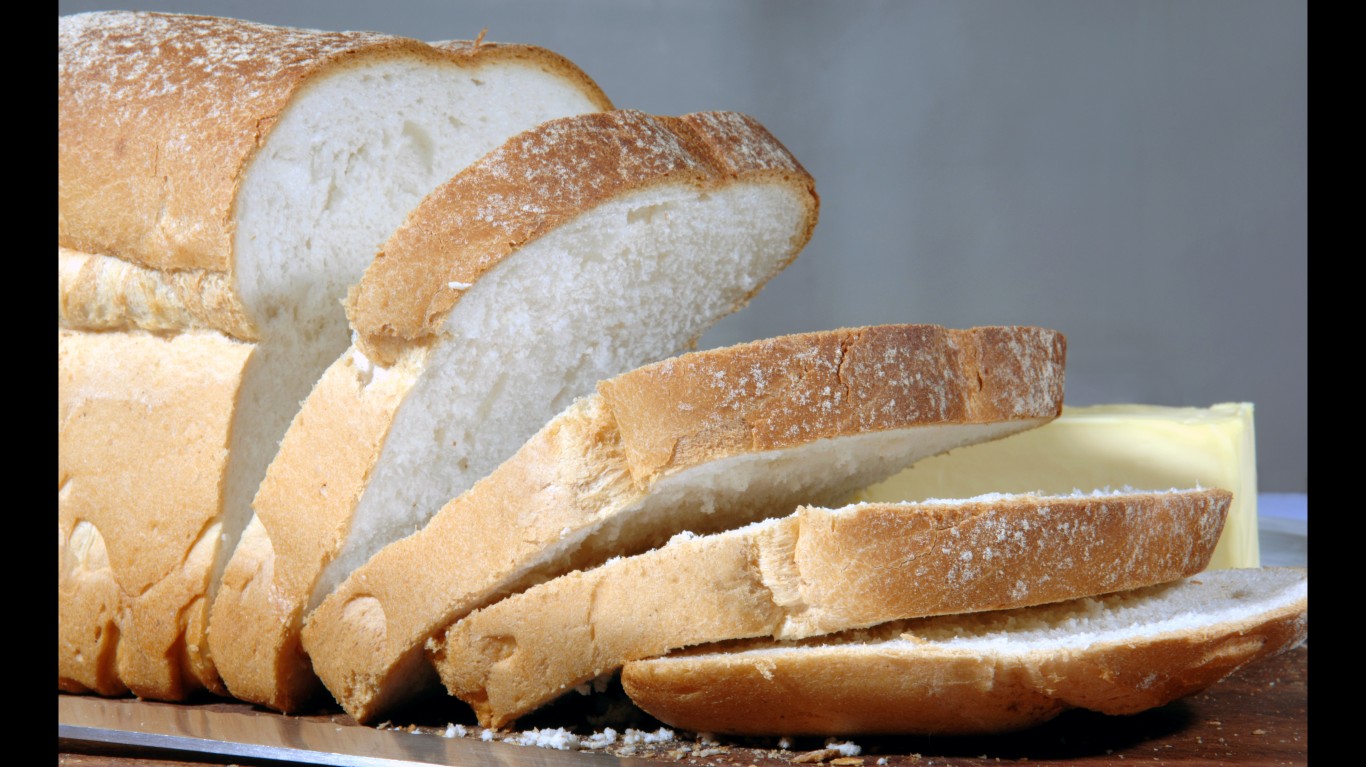
Each serving of this Texas Toast white bread contains 100 calories, 180 milligrams of sodium, and 2 grams of sugar. It also has many processed and artificial ingredients.
The problem with processed ingredients is that they compromise the nutritional value of the bread and are used as a cheaper and less-healthy alternative to other ingredients. These processed ingredients can cause severe and long-lasting health issues, especially in children and those with underlying health problems.
#6 Bimbo Large White Bread

Each serving of Bimbo’s Large White Bread contains 150 calories, 3 grams of sugar, and 250 milligrams of sodium. It is a very middle-of-the-road white bread, offering neither the delicious taste of less-healthy brands nor the healthy nutrition of better-quality bread. It does have added calcium and no high fructose corn syrup, so you can definitely find worse brands out there.
#7 Pepperidge Farm Farmhouse Potato Bread
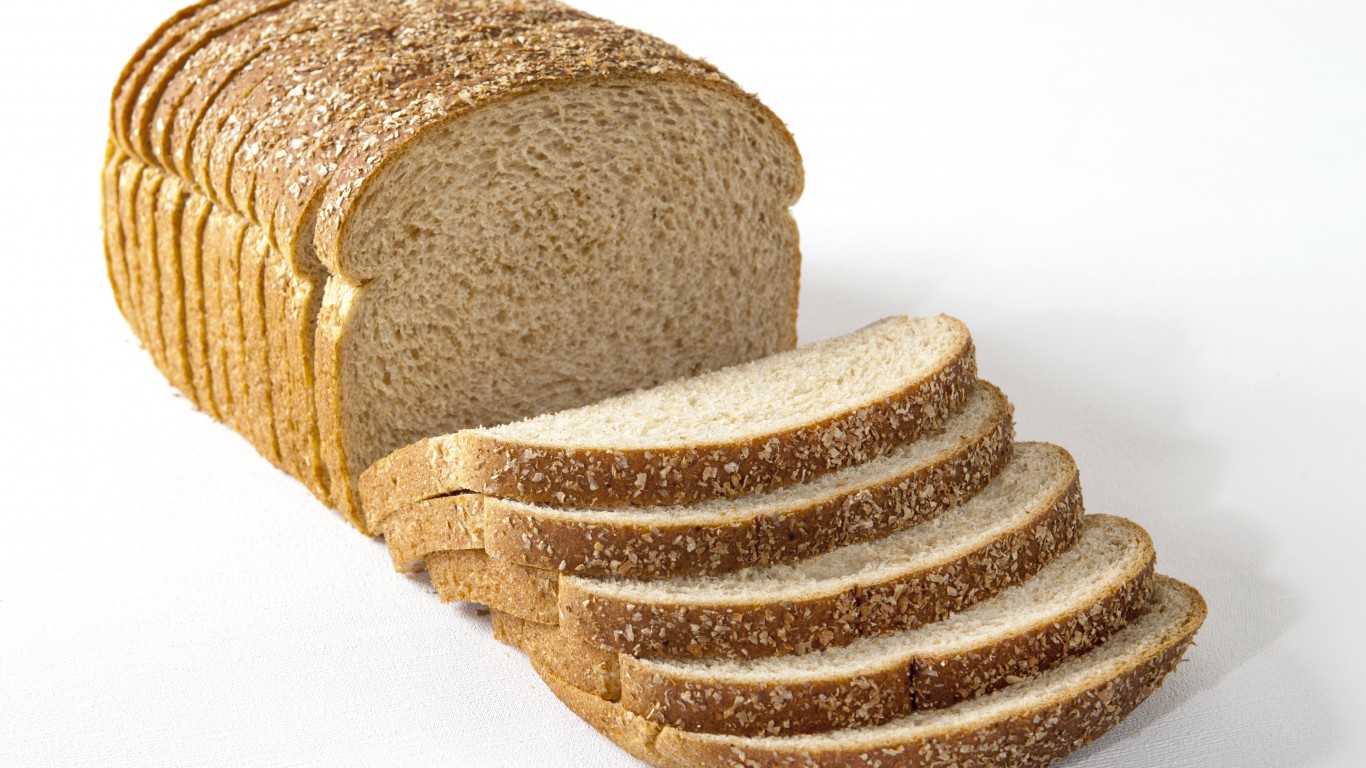
Potato bread, like Texas toast, butter bread, brioche, and artisanal bread, is still essentially white bread with maybe a couple of extra ingredients. It’s all a matter of marketing. No matter what the bread is called, you should still look at the ingredients to make sure you know what you’re putting in your body.
Each slice of this potato bread contains 120 calories, 190 milligrams of sodium, and 4 grams of sugar. Just like all other white bread brands, potato bread is made with enriched wheat flour which has no natural fiber that your body needs. A lack of fiber means that the bread is quickly digested, leaving you just as hungry as before and tired, so many people tend to over-eat when they consume white bread on a regular basis. It also contains artificial preservatives.
#8 Sara Lee Texas Toast
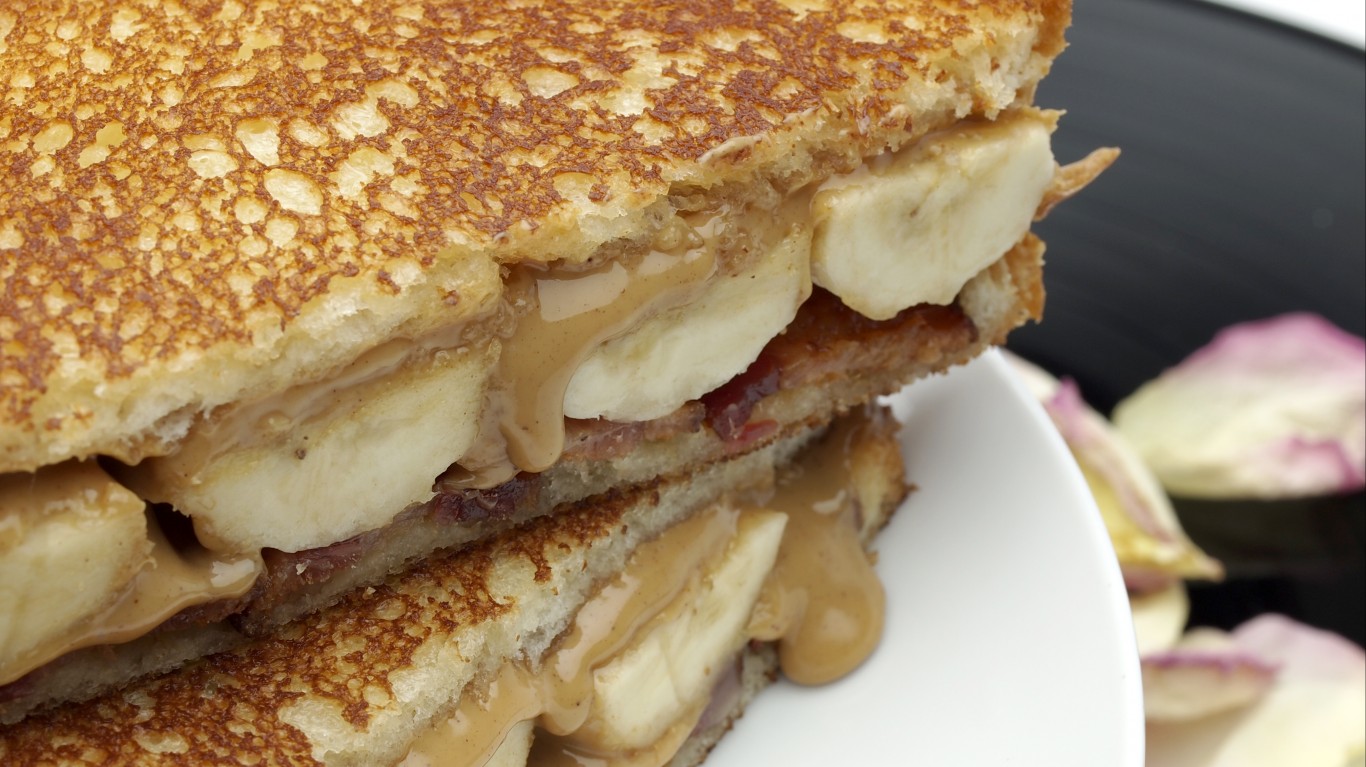
Every slice of Sara Lee’s Texas Toast has 100 calories, 200 milligrams of sodium, and 2 grams of sugar. While it is lower in the amount of sugar per slice, the amount of sodium and lack of any nutritional value means this bread still is not a healthy choice. Texas Toast is generally the type of bread recommended for French toast, so you should only use this bread for special breakfast occasions, not regular meals.
#9 Nature’s Own Butterbread
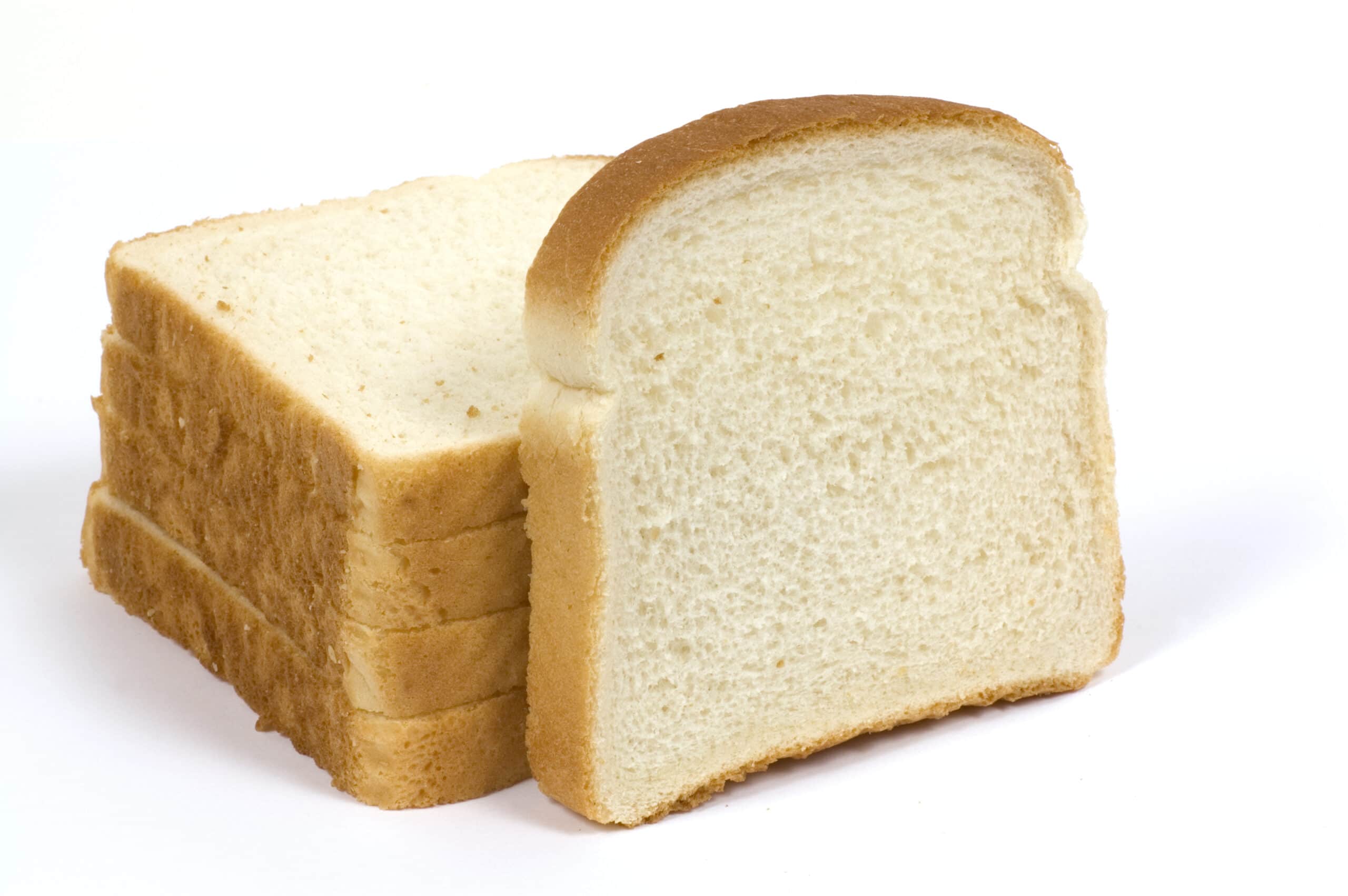
Each slice of this butterbread contains 60 calories, 90 milligrams of sodium, and 2 grams of sugar.
#10 Sara Lee Artesano Brioche

Each slice of Artesano Brioche contains 110 calories, 200 milligrams of sodium, and 3 grams of sugar. The reason brioche bread tastes so good is because they have so much sugar in them and because white bread tends to leave us unsatisfied, it is easy to eat more than you intend. This has led to an increase in diabetes and other health issues in the United States.
Unlike other white bread brands, white bread brioche contains larger amounts of fats from the oil and butter. Too much of this bread can cause increased cholesterol levels and increase your risk of heart disease.
#11 Nature’s Own Perfectly Crafted Brioche Bread
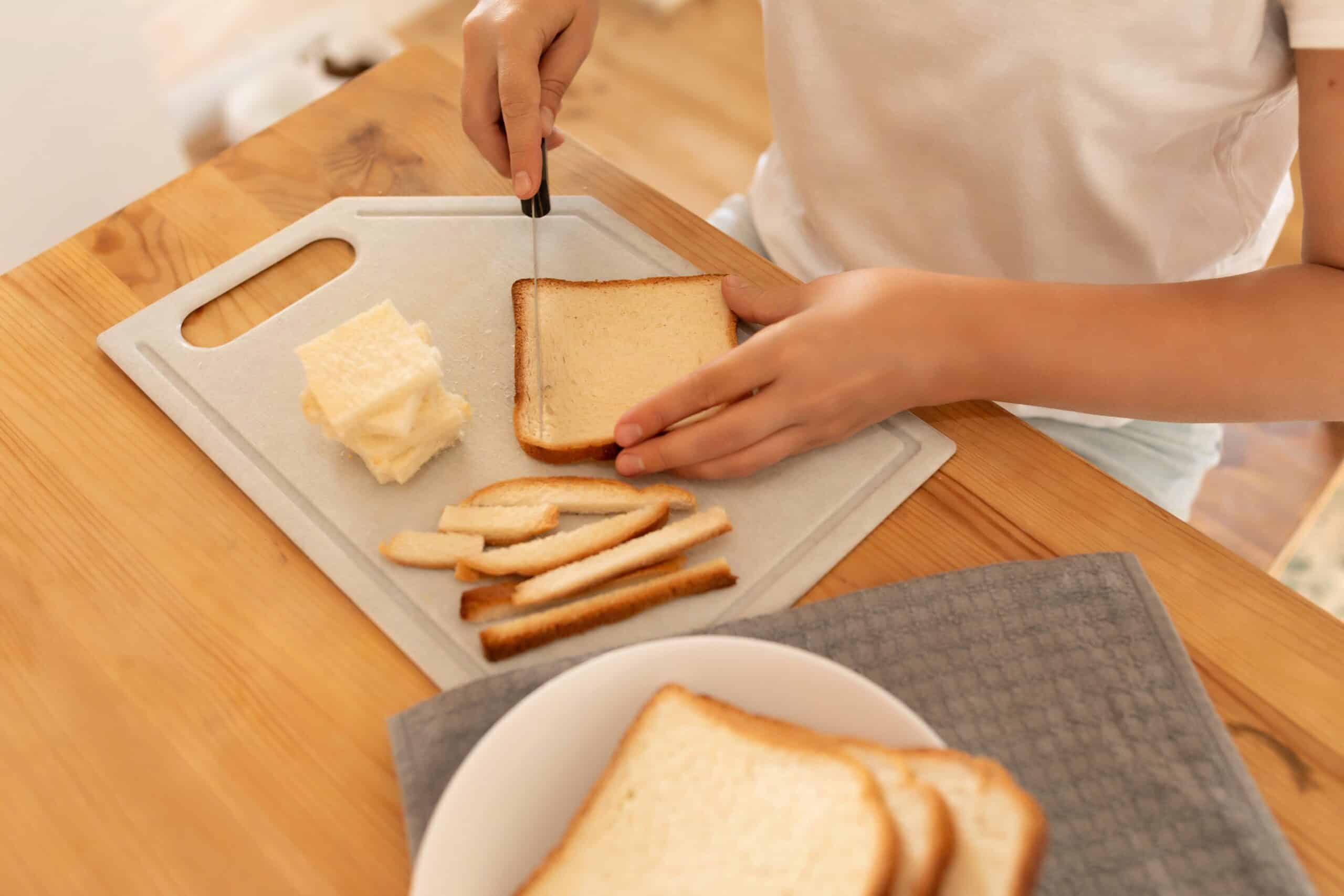
The last thing you want on the label of your white bread is that it is “sweet”. That’s exactly what is on Nature’s Own Brioche Bread because it contains a whopping 4 grams of sugar, along with 110 calories and 170 milligrams of sodium. In keeping with its attempt to look healthier than the competition, Nature’s Own uses unbleached enriched flour instead of bleached flour. This makes the bread look healthier, but is still a refined grain and differs from bleached flour in color alone.
Refined grains cause significant blood sugar spikes and leave you feeling unsatisfied.
#12 Bimbo Soft White Bread
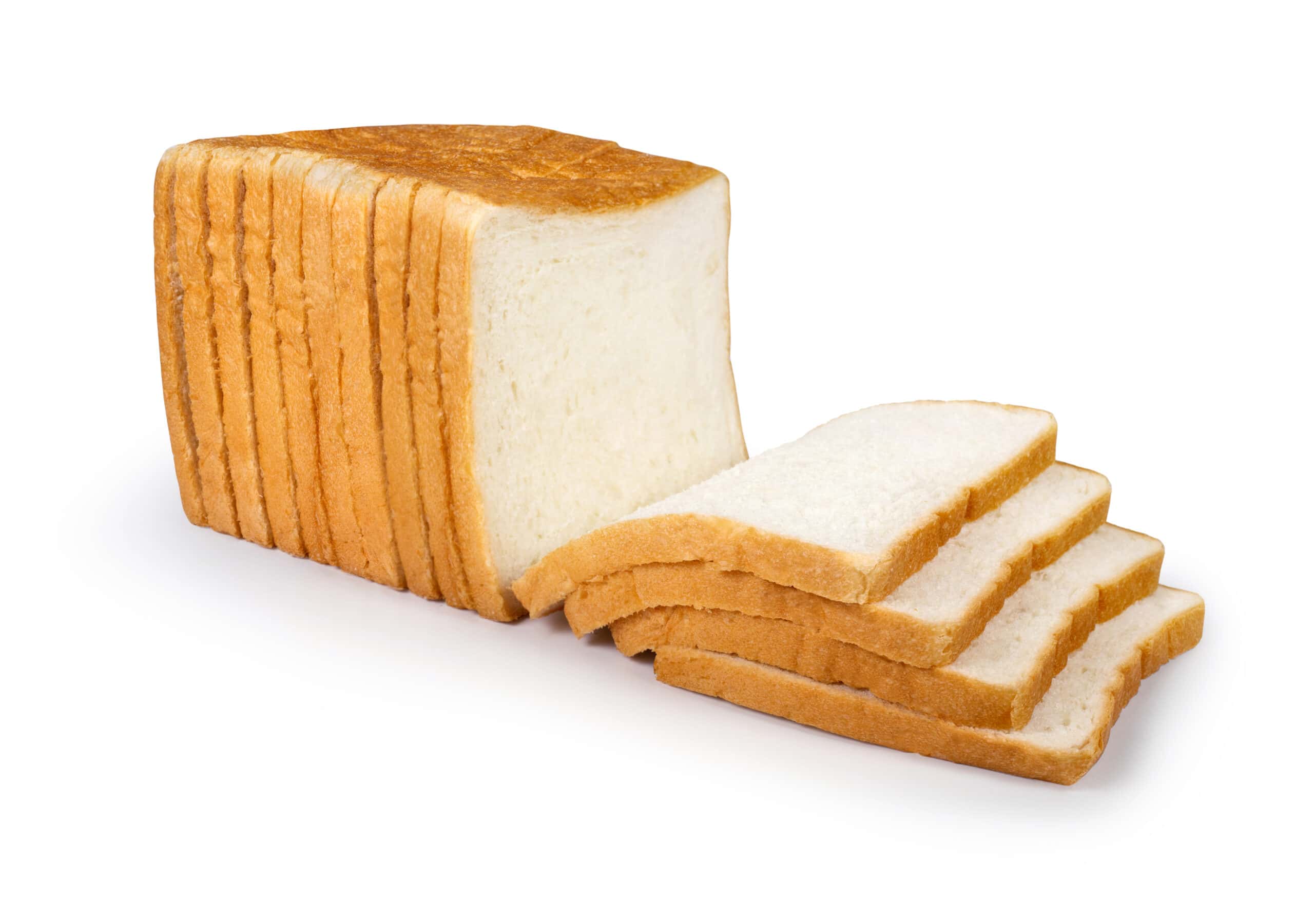
Bimbo’s Soft White Bread shares all the bad health information as its Large White version. Every 2 slices of Soft White Bread contains 150 calories, 290 milligrams of sodium, and 3 grams of sugar. While this might seem healthier than other white bread because it’s for every two slices instead of one, it bears keeping in mind that Bimbo’s slices can be much thinner than other varieties, misleading you into thinking it is healthier.
Bimbo’s Soft White Bread also has several artificial ingredients and harmful preservatives that health experts recommend you avoid.
#13 Great Value White Round Top Bread Loaf

Don’t settle for white bread simply because it is so cheap. Like many of the products sold by Walmart (NYSE:WMT), the low price hides unhealthy and unethical business practices. With the Great Value white bread, you get exactly what you pay for: an empty and bland white bread full of artificial ingredients and preservatives including calcium propionate, soybean oil, dough conditioners, and monocalcium phosphate. If it feels like you’re eating something grown in a laboratory, it’s probably best to look for a healthier option.
#14 Target Market Pantry White

Target (NYSE:TGT) might seem like the more expensive and classier alternative to Walmart, and they are probably banking on that subliminal messaging to convince you to buy this bread over the Walmart version, even though they are essentially identical. The Pantry White bread only has 1 gram of sugar per slice, which is much less than other brands, but still more than you want in a healthy bread option. It is also packed with processed ingredients and artificial additives like soybean oil, monoglycerides, and more.
#15 Black Bread Co. Premium White Bread

What makes bread a normal loaf “premium” bread? Marketing. Black Bread draws you in with its fancy-looking packaging and labeling, but the marketing falls short when you analyze the ingredients. It includes all the same ingredients as other white bread brands, including dough conditioners, additives, and preservatives but sold for around $5 per load compared to $1 for similar brands. Don’t fall for the marketing tricks.
Take Charge of Your Retirement In Just A Few Minutes (Sponsor)
Retirement planning doesn’t have to feel overwhelming. The key is finding expert guidance—and SmartAsset’s simple quiz makes it easier than ever for you to connect with a vetted financial advisor.
Here’s how it works:
- Answer a Few Simple Questions. Tell us a bit about your goals and preferences—it only takes a few minutes!
- Get Matched with Vetted Advisors Our smart tool matches you with up to three pre-screened, vetted advisors who serve your area and are held to a fiduciary standard to act in your best interests. Click here to begin
- Choose Your Fit Review their profiles, schedule an introductory call (or meet in person), and select the advisor who feel is right for you.
Why wait? Start building the retirement you’ve always dreamed of. Click here to get started today!
Thank you for reading! Have some feedback for us?
Contact the 24/7 Wall St. editorial team.
